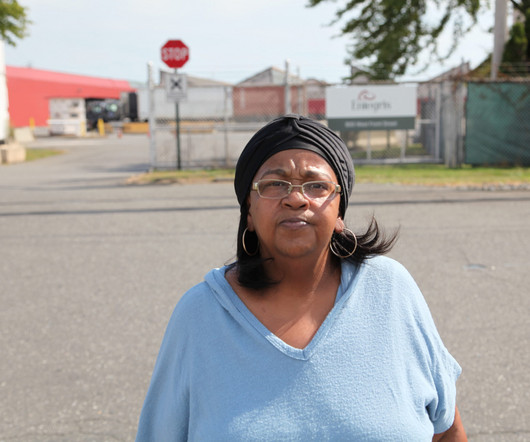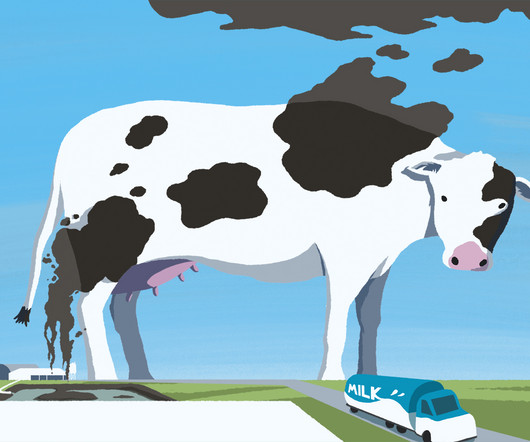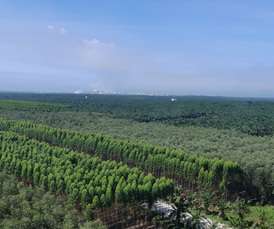Graphene-based packaging presented as first truly biodegradeable and compostable alternative to plastic
Envirotec Magazine
NOVEMBER 27, 2020
” The biopolymers are combined with graphene, a variant of carbon (or allotrope , to be precise) whose modern rediscovery and isolation at the University of Manchester in 2004 led to a Nobel Prize. We all know how pressing the climate crisis is, and plastic pollution is a huge problem, particularly in our ocean environments.















Let's personalize your content